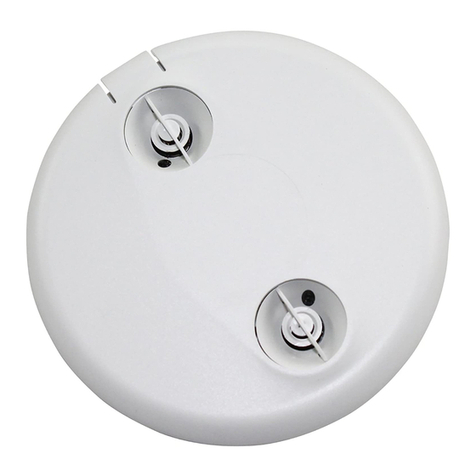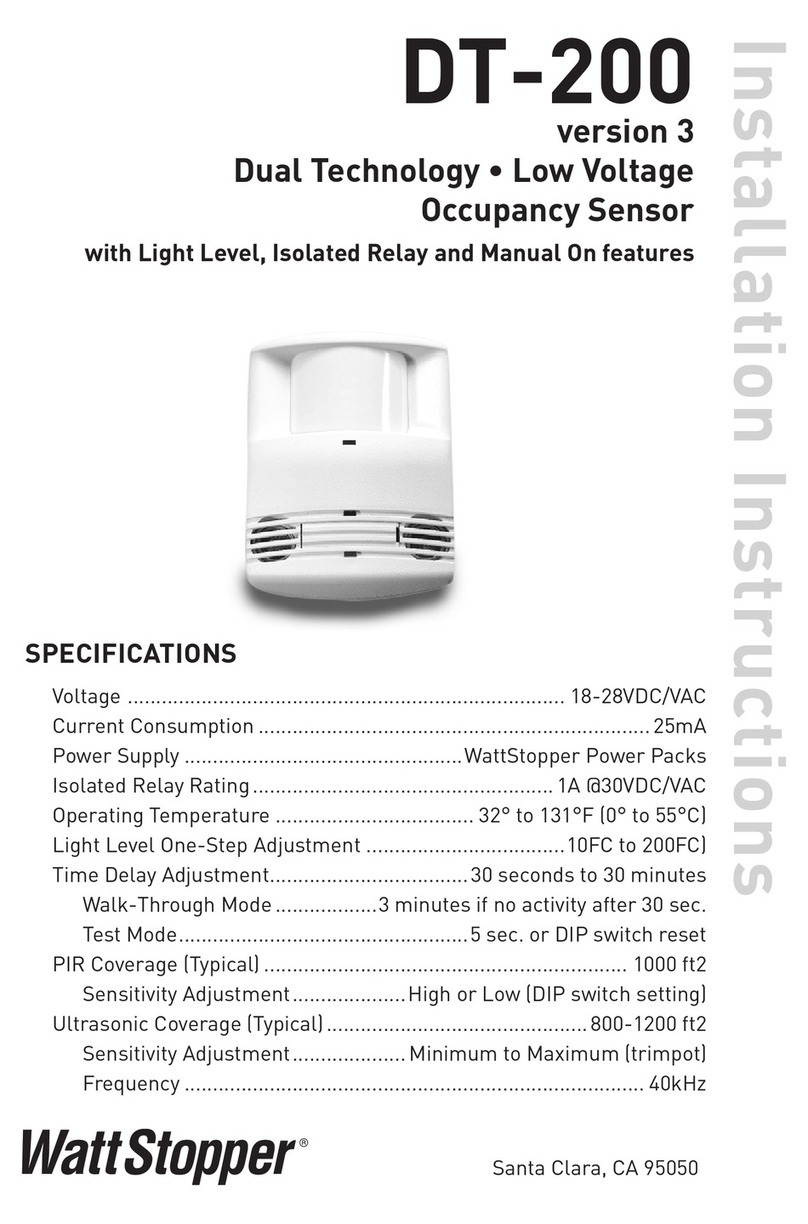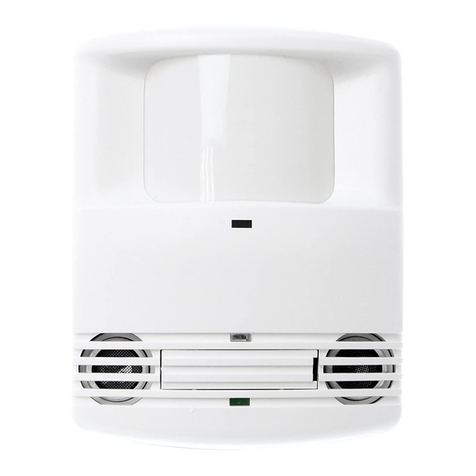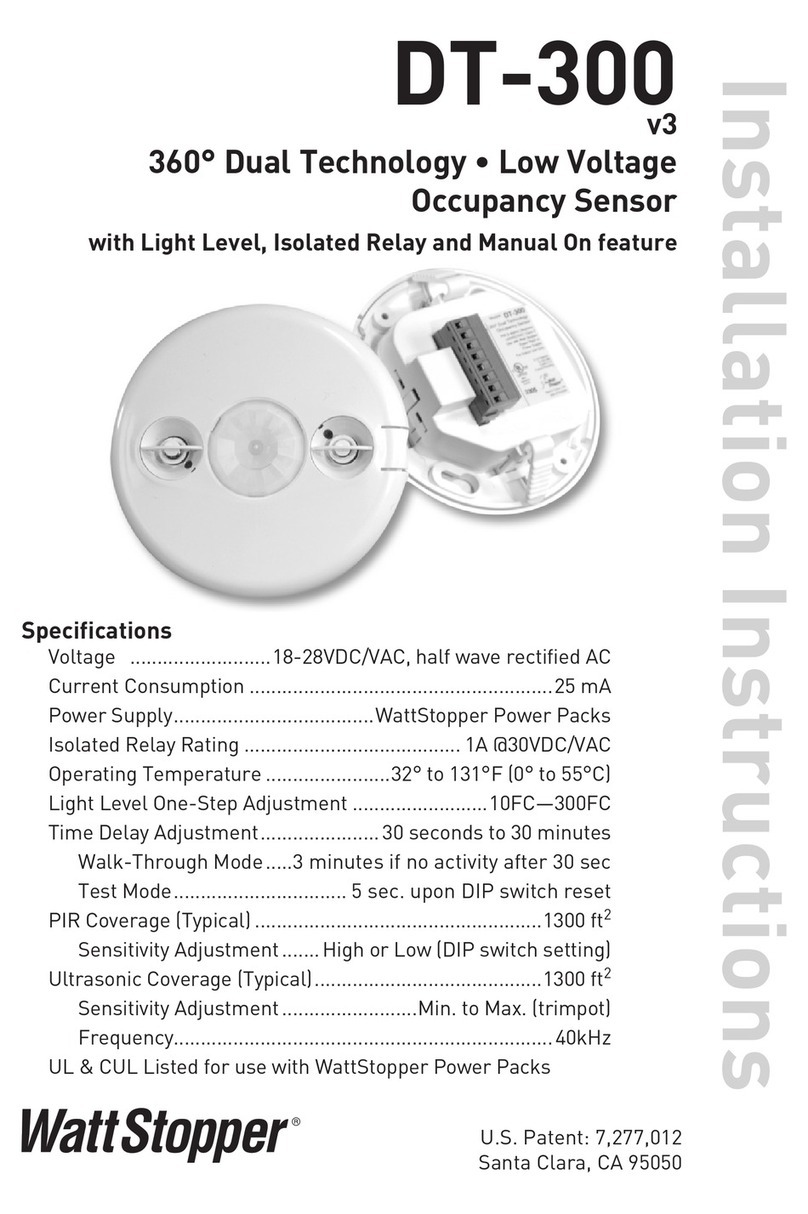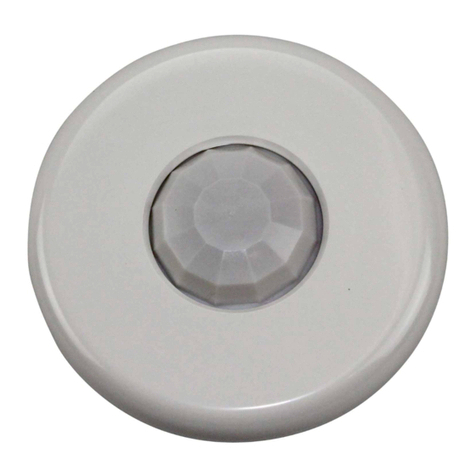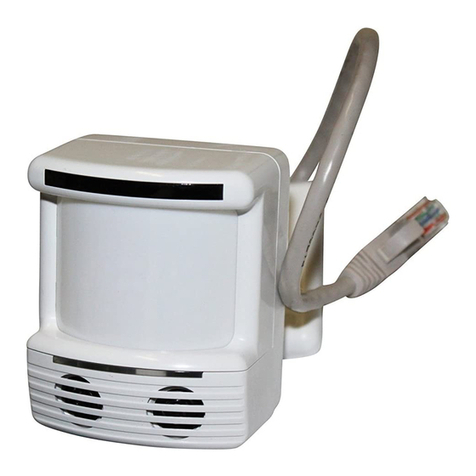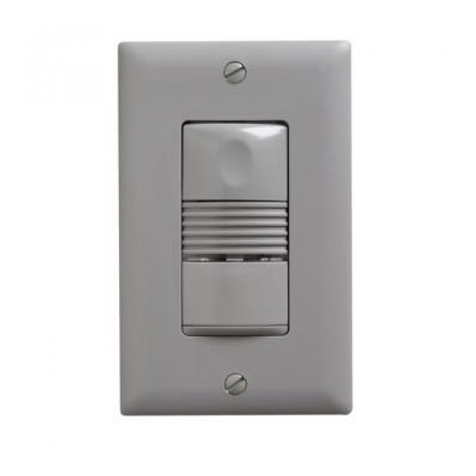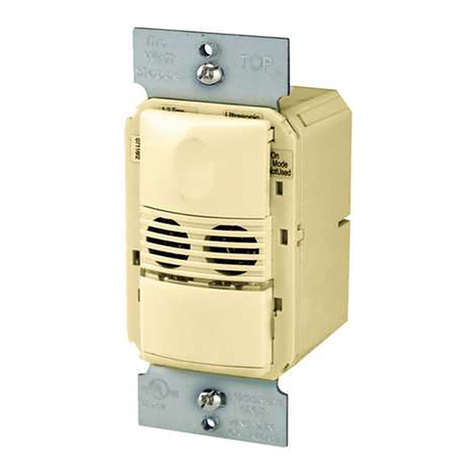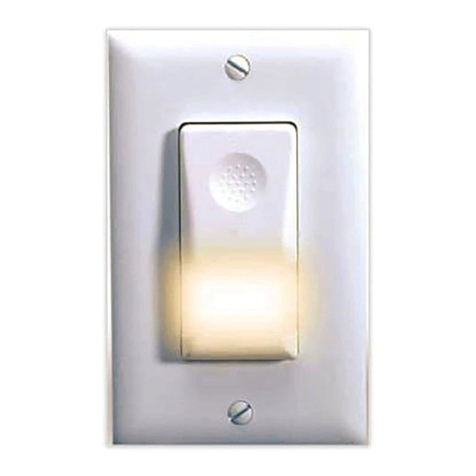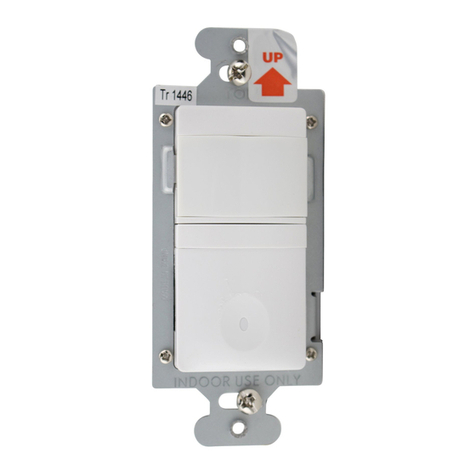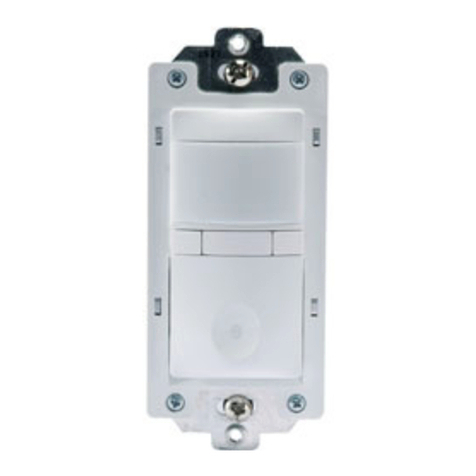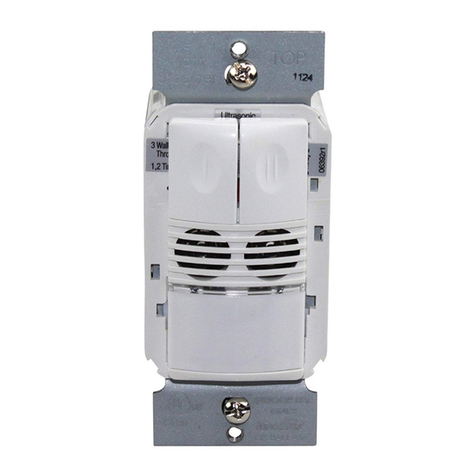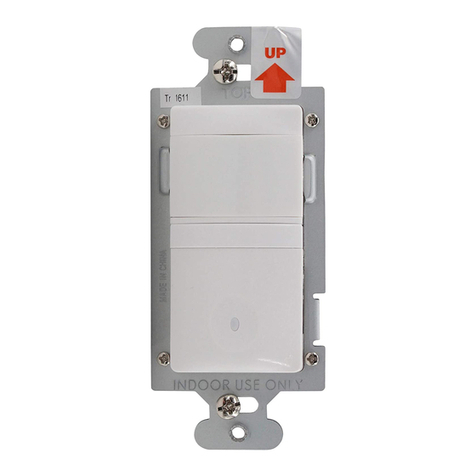
Call 800.879.8585 for Technical Support
Page 4
OPERATING MODES
Plug n’ Go
The default operating mode for the LMLS-400 is
Plug n’ Go™ (PnG). Upon initial power up, the system
automatically takes inventory of the devices on the DLM
Local Network and allows immediate operation of devices
in the most energy efficient manner. When only one
LMLS-400 is found, it is automatically assigned to Load 1.
Based on the attributes of the room controller, the LMLS-
400 will configure itself to Switching or Dimming Mode.
Push n’ Learn
Push and Learn™ (PnL) mode provides for remote load
binding and configuration within the room, without
requiring direct access to the Room Controller(s). While
the LMLS-400 must be configured through the use of a
configuration tool (e.g., LMCT-100), the CONFIG button at
the back of the product can be used to force the system
into or out of PnL mode, and/or to step to the next load in
sequence, when configuring devices other than the
LMLS-400.
Confirmation of Load Binding
To provide a confirmation of load bindings after
installation, a quick press using a paper clip on the USER
button sequences through three states:
1st press - all controlled loads forced ON at 100%
2nd press - all controlled loads forced OFF at 0%
3rd press - exit load binding confirmation mode and
resume normal control. (Confirmation mode cancels
automatically after 5 minutes if no further action is taken
after the 1st or 2nd press.)
Test Mode
In Test Mode, time delays are reduced to 5 seconds (to
create near-immediate reactions to changes in measured
light levels), and the ramp rate increases to 20%/second
(to cause the changes to be immediately visible).
To activate Test Mode, press and hold the USER button
for 2 seconds or use a configuration tool. If not cancelled
by the user, the controller automatically exits Test Mode
after 5 minutes.
User Override of Levels Set by Daylighting
Control
The electric light levels of loads
configured for daylighting control can
be adjusted from DLM wall switches,
within limitations established by
LMLS parameters that are set using
the Advanced Settings screen of the
LMCT-100.
The light level can always be reduced (by turning off loads
in a switched zone, or by lowering the level of loads in a
dimmed zone) without restriction. When a load is dimmed
down from its daylighting-permitted level, the new level
set becomes the maximum electric light level for that load
(a “cap” level), regardless of daylight contribution, until the
load is turned off and back on again, or until the level is
adjusted upwards. If a load has been dimmed, a single tap
on the top of a controlling switch’s rocker will return the
level to the maximum allowed by daylighting at that time,
and cancel the level restriction (“cap”) set by the earlier
user adjustment.
Increasing the light level above that set by daylighting is
possible only if Allow Override is set to Yes (the default is
No). For switched modes, this means that the loads can
be turned on even when the present ambient light level is
above the On Setpoint. In the case of dimmed mode, a load
will turn on and adjust to its daylighting-permitted level,
but a subsequent tap on the top of a controlling switch will
increase the level to maximum. In either mode, the affected
loads will be temporarily removed from daylighting control,
and be placed in an “override” state. The levels of the
overridden loads can be changed or adjusted, and they will
not return to daylighting control unless they are turned off
and back on again (for example, by a cycle of occupancy).
If the Override Time parameter is changed from its default
(Infinity) to a fixed time (e.g., 1 hour), all loads presently
overridden will return to automatic daylighting control after
the selected time period lapses.
Any loads not affected by the switch actions causing the
override will continue to be controlled by daylighting;
overrides occur on a load-by-load basis.
If any daylighting loads are presently overridden, the blue
LED in the sensor head will flash once every four seconds.
To provide the ability to set arbitrary light levels in Dimmed
applications, a switch with a dimming control rocker (e.g.,
LMDM-101 or LMSW-105) should be used.
Scene Control and Daylighting
Setting a new light level using a scene switch is possible,
provided Hold Off is set to No (default). Such a light level
change is not considered an override. If daylighting control
is active when the new scene is selected, daylighting
control suspends until the new scene is displayed, and then
resumes, with the new light level established by the scene
as the maximum electric light level (“cap” level), on a load-
by-load basis, until a subsequent user action changes the
level. Any daylighting loads not included in the scene will
continue to operate as before the recall.
Optionally, daylighting control can be temporarily disabled
for any loads on which a scene has been recalled. If Scenes
Stop DL is set to Yes, daylighting control for a load affected
by a scene will not resume until the level of the load is
changed by another user action, or the load is turned off
and on again.
Fig. 10: LMCT-100
